Numerical superiority
Everyone talks about it. Some see it. Few know how to use it.
This is the third time I've tried to write this newsletter. In the two previous attempts, I realized that I couldn't get into talking about numerical superiority without first clearly defining what a 2v1 is, and then, in what order the principles of the game should be trained.
If you haven't read those texts yet, I recommend you do so here before continuing with this one.
Because now, with those basics already explained, we can fully delve into a topic that, for me, is the key to all of hockey.
✅ Superiority
As Paco Seirul·lo well defined, there are different types of superiority in the game:
Positional superiority: we are better positioned.
Socio-affective superiority: we relate better.
Qualitative superiority: we are better.
And finally —and the one we are going to deal with today—, numerical superiority: we are more.
1️⃣ Superiority from the backfield
Broadly speaking, in most cases, teams set up their defensive block with one less forward than the opposing defenders:
If there is a line of 4: they press with 3 forwards.
If there is a line of 3: they press with 2.
This is done to ensure an extra player in defense. So, from the outset, we start from the premise that the defense plays in numerical superiority.
But… how many teams really take advantage of it?
In the image, we see a traditional start with 4 defenders against a block of 3 forwards, with the 9 in the point.
The objective of this situation —to consider it successful— will be for one of the 4 defenders to break the line of the forwards, in a controlled manner, with time and space to play with the next line.
The most common mistake is to pass the ball to the sideline with a pass that is not a "winner," which ends with the defender being pressed by the rival wingers, and we get boxed in without being able to break through.
What we must understand is that, to have a better chance of breaking out, we have to think of this as one 2v1 at a time:
The first thing we have to achieve is for the two center-backs to win the 2v1 they have against the rival 9 or center forward; to eliminate him, and only then think about playing the 2v1 with the defender on the sideline.
Only once we manage to break the line of the 9, winning the 2v1, do we then proceed to activate the next 2v1 with the right defender, against their wing.
Once we manage to break the wing's line, we now achieve the desired objective: for one of our 4 defenders to break the line of the opposing forwards, in a controlled manner, with time and space to connect with the next line.
This explanation, as basic as it may seem, is the initial key that allows us to start our attacks with numerical superiority. Not only because we are creating it from the back, but also because it gives us a framework, an identity, of how we want to play hockey from the first pass.
I feel it is necessary to begin this explanation with this foundation, because —in my opinion— there are too many teams that "move" the ball in the backfield without being clear on why or for what purpose.
2️⃣ The key to superiority: the player without the ball
I present two different situations that we can find in a match, starting from the basis of a 2v2.
Understanding how we should play each one, in my opinion, completely defines whether we understand —or not— how to take advantage of numerical superiority.
So I would like to ask you, looking at these two situations…
What should the teammate of the person with the ball do?
The answer should be almost immediate:
Situation A: Since we already have numerical superiority, the teammate should move away from the ball.
This forces the defender to make a decision and we create a real 2v1 on him.
Situation B: Since we do not yet have superiority, the teammate should provide a passing option.
To do that, they can get open by moving closer to the ball.
What we have to be clear about is that, if we make a pass, we want that it breaks at least one line.
I assure you that you will find several plays where they could have played in numerical superiority, but the player without the ball ran towards the ball.
That, in my experience, is the most common mistake I see in hockey.
If you think your teams have not yet perfected this, the best possible training is to copy the exact situation I presented above.
📹 Video example
Let me show you a very good example of players playing both situations in the same match:
💡 Idea for training it
I usually do a lot of game-based exercises where we start from a duel, and then we can add as many players as we want to be on equal terms.
In these games, I vary the position of the defender who plays the duel: sometimes from the front, sometimes from behind, and other times from the side.
This allows us to easily explain and practice how to play according to the situation.
Ball 1:
Red 1 passes the ball to Blue and runs alongside him → they play a 2v2 to a free goal.
After the attack, everyone stays in the area.
Ball 2:
Red 2 passes the ball to Blue and defends him from the front → they play 3v3, and everyone stays in the area.
Ball 3:
Red 3 passes the ball to Blue and runs at him from behind → they play 4v4.
At the end of the third ball, we switch roles (Red goes on the attack) and repeat the sequence.
The team that scores the most goals wins.
As always, the idea is not to copy and paste this exercise, but to use the concept: to start a game from a duel, vary the position of the defender, and build your own training sessions from that trigger.
👀 That which not everyone sees
Weak teams don't see numerical superiority.
Good teams identify and play it.
Great teams… create it.
🤓 Something I read to share
I discovered a hockey blog (in the Spanish language) that I loved, by Gabi Herrera.
It has several very interesting posts, you can read it here "Hockey in Context"
As always, thank you for taking the time to read, and I hope you liked today's post!
If you have suggestions, or questions, to include in the next episodes, don't hesitate to leave a comment.
If you liked it, help by sharing! Send it to any friend or group of coaches…
Until next time!
Javi




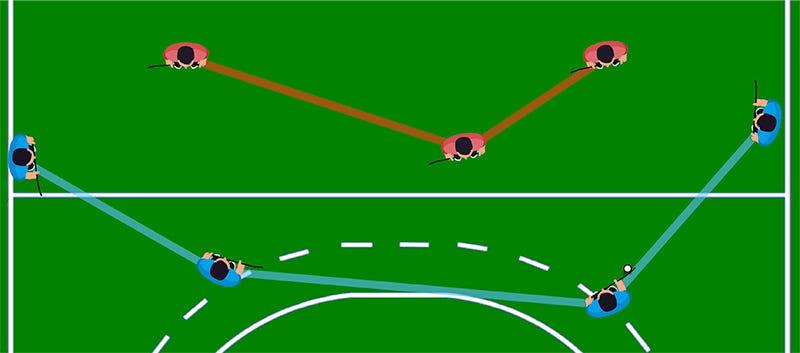
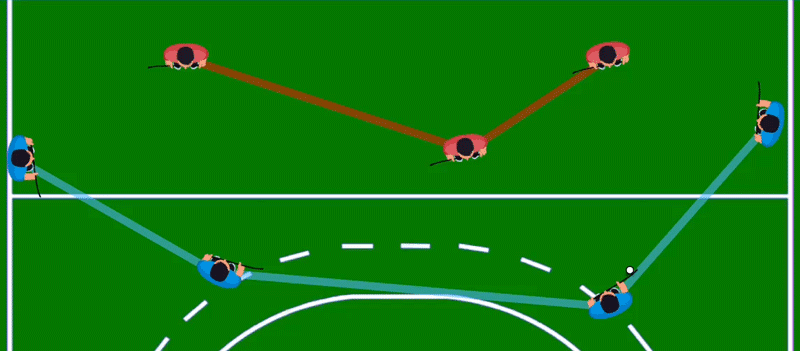
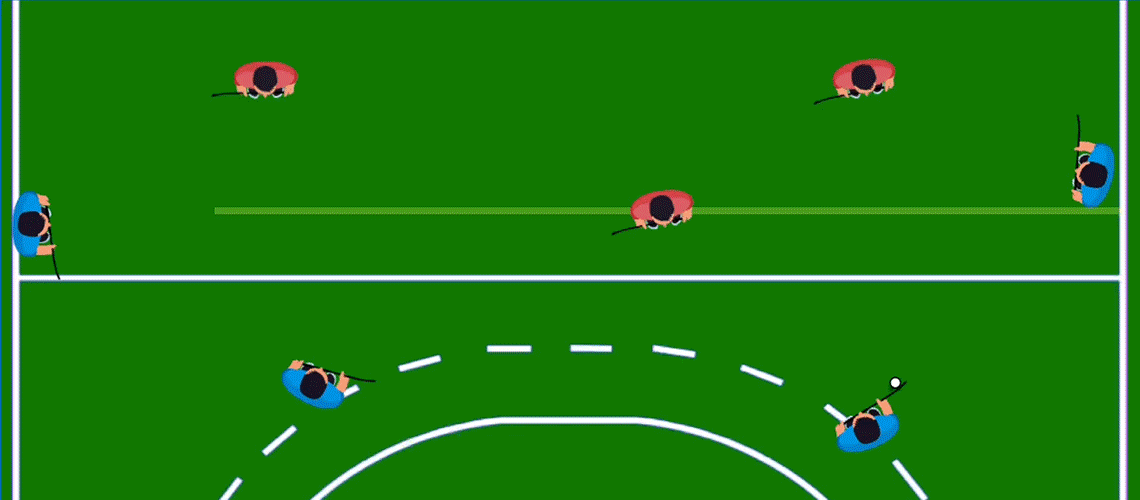
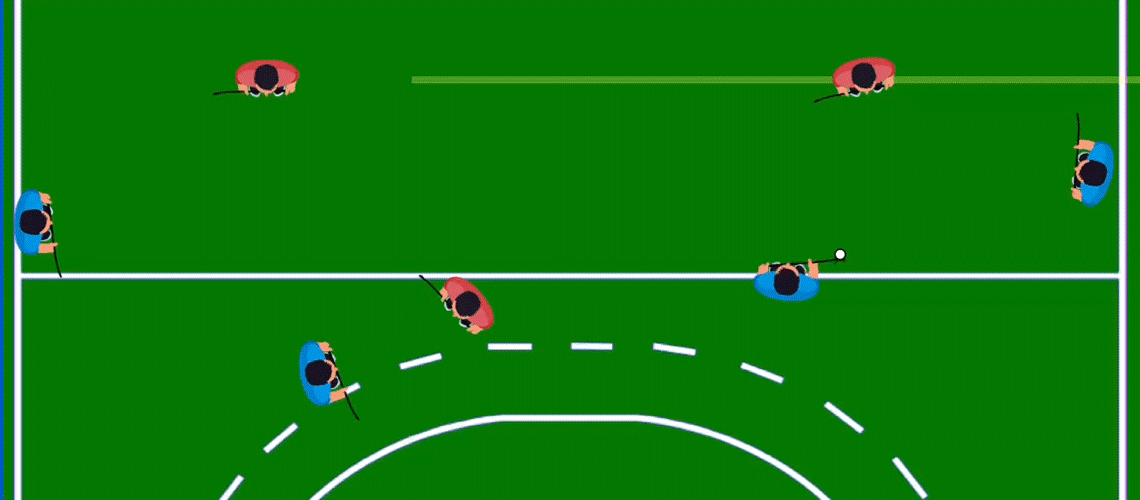
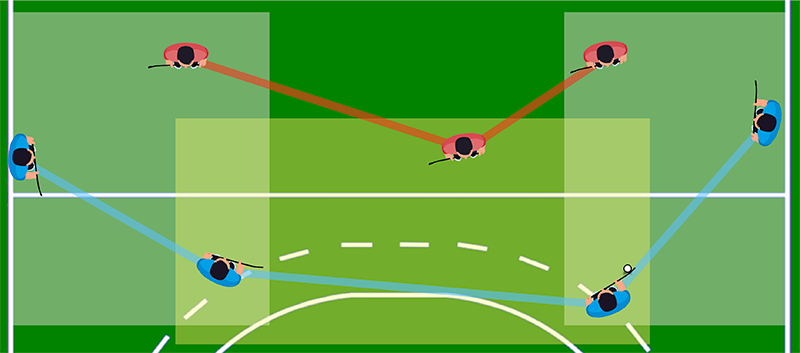
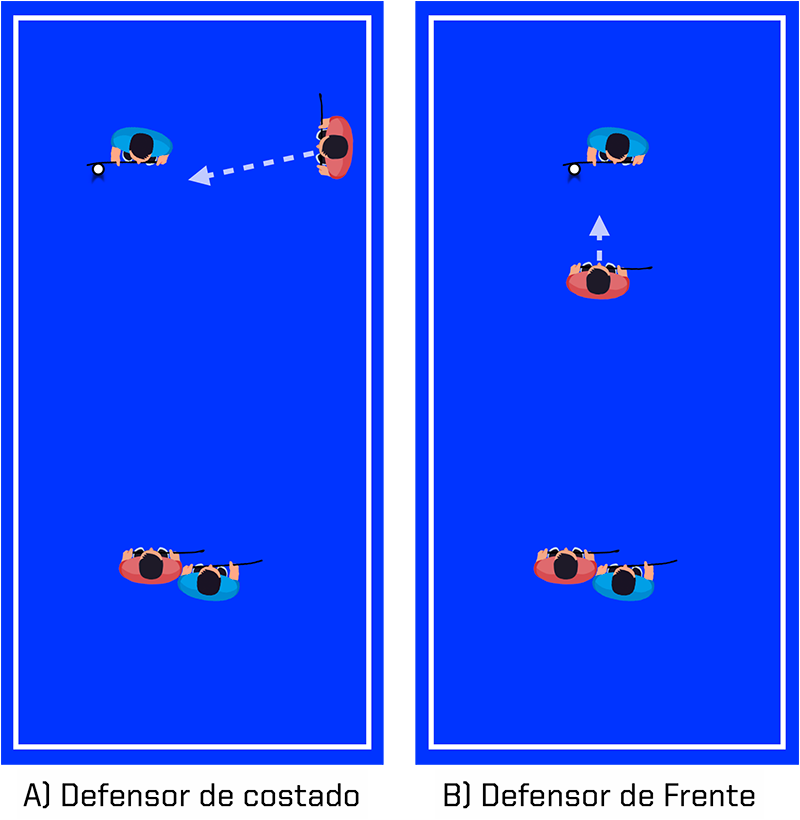
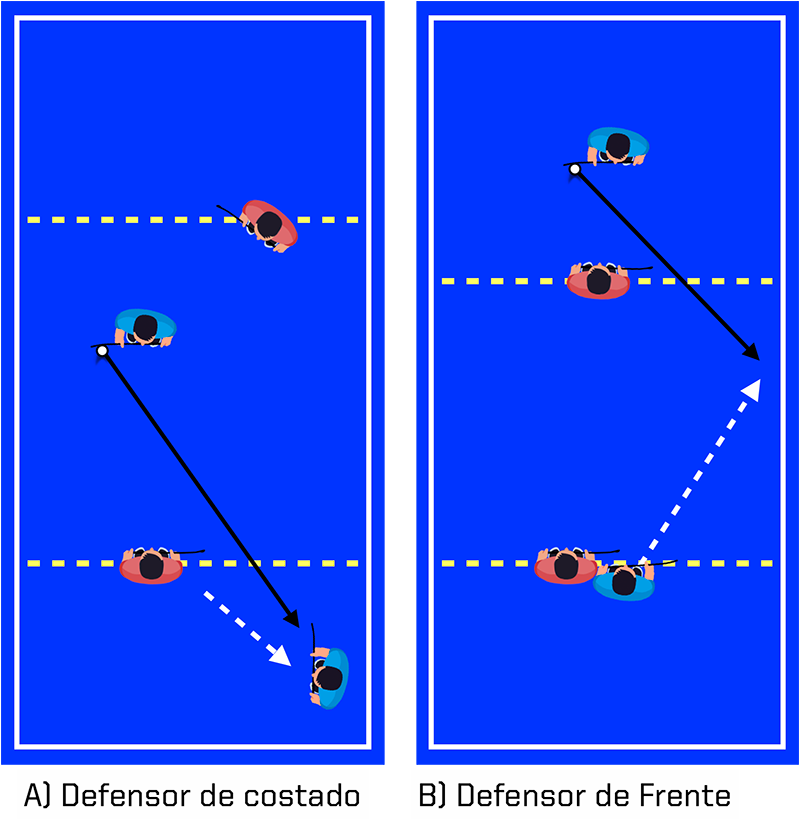
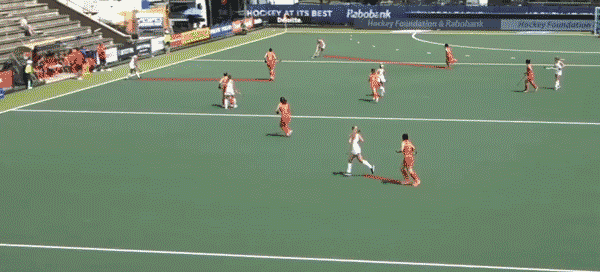
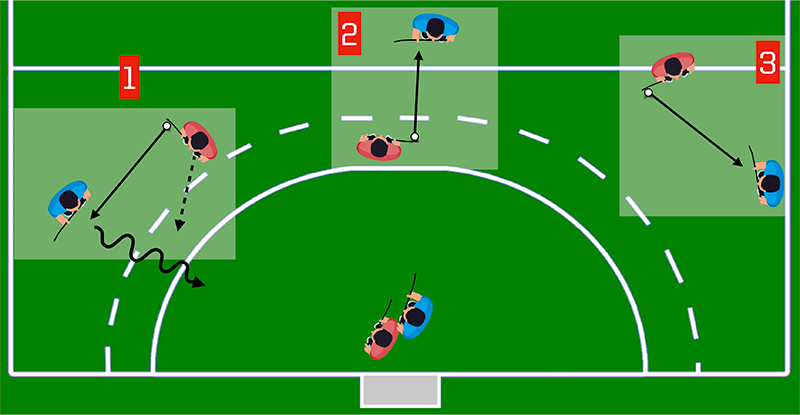

Really good set of 3 articles. Can’t tell you how long I’ve searched for content like this. Thank you.